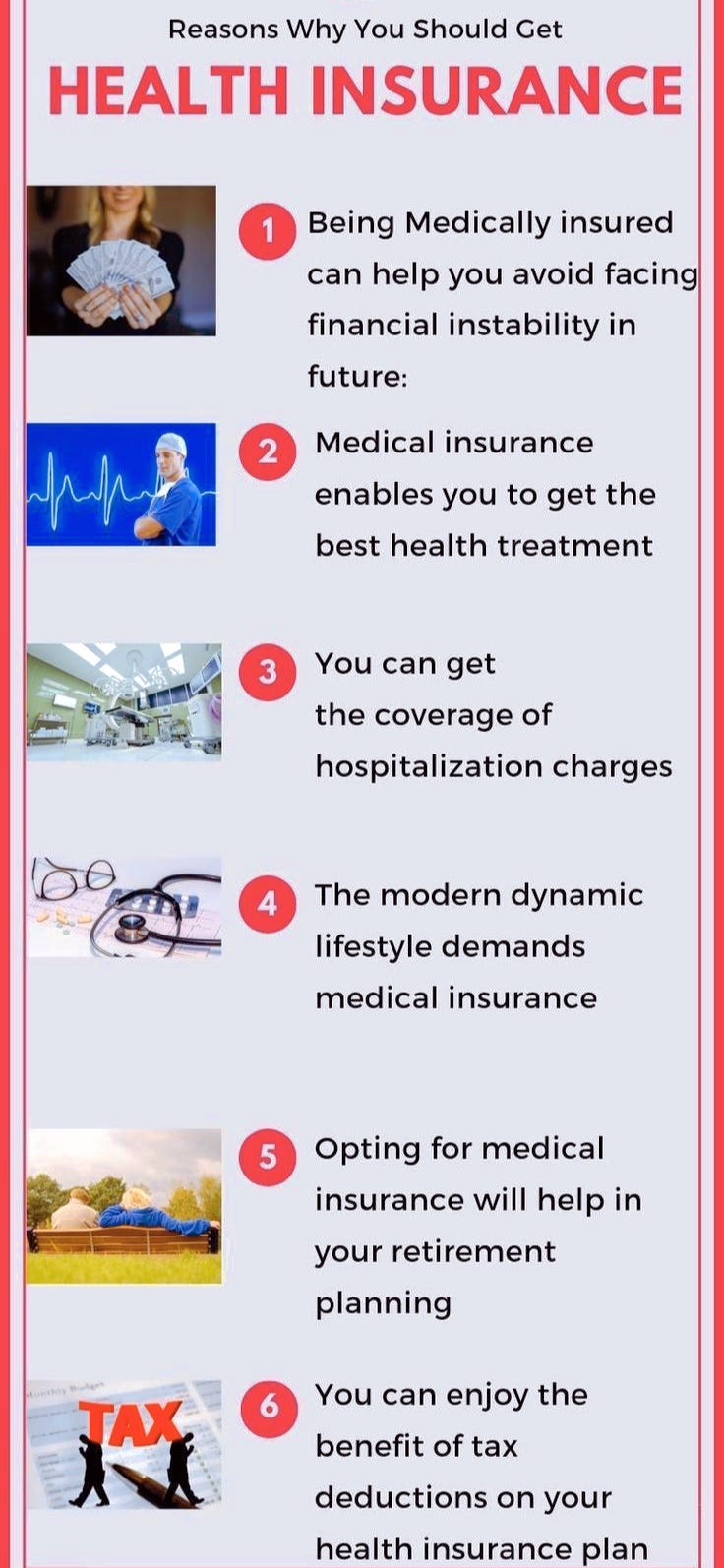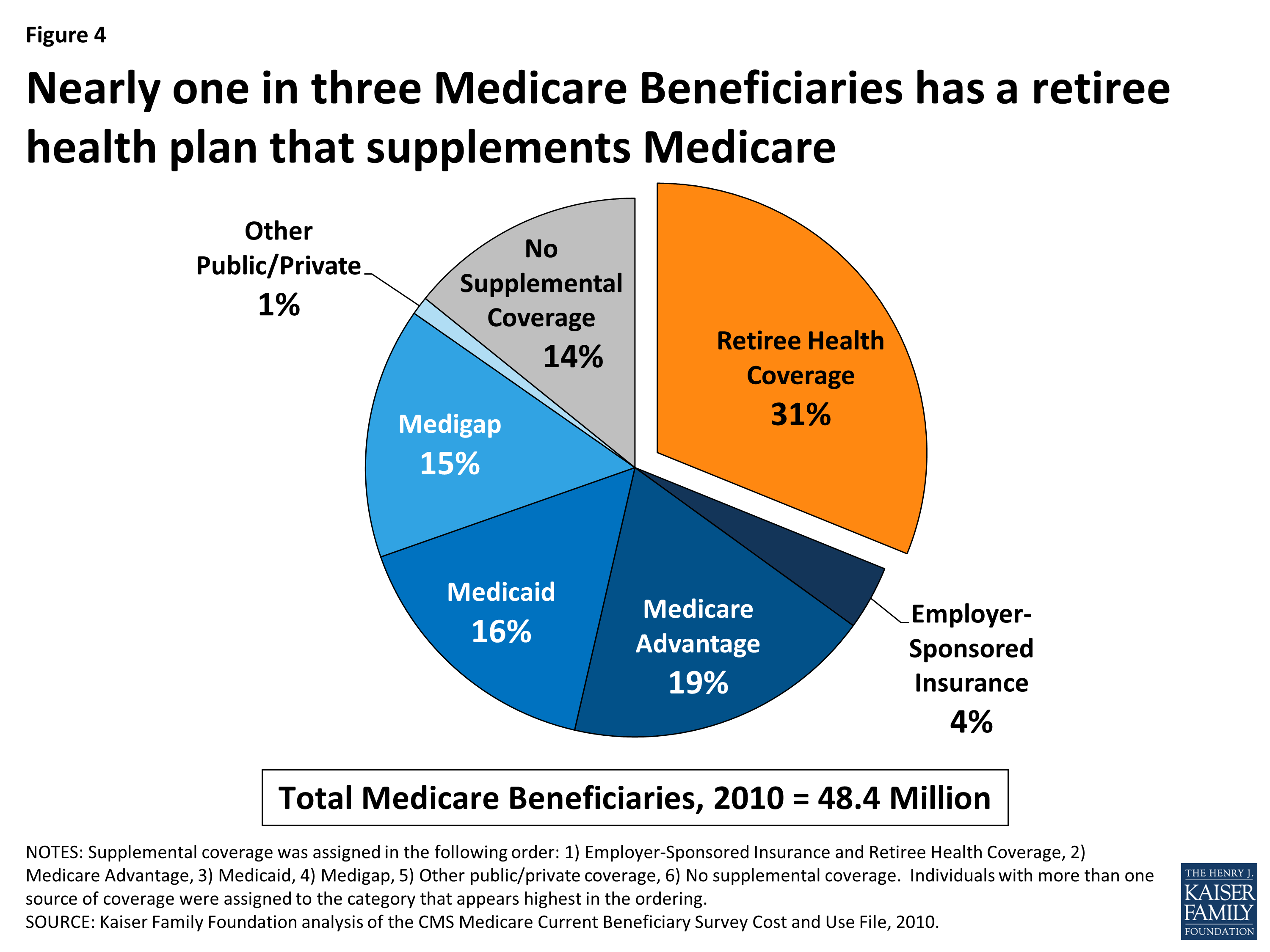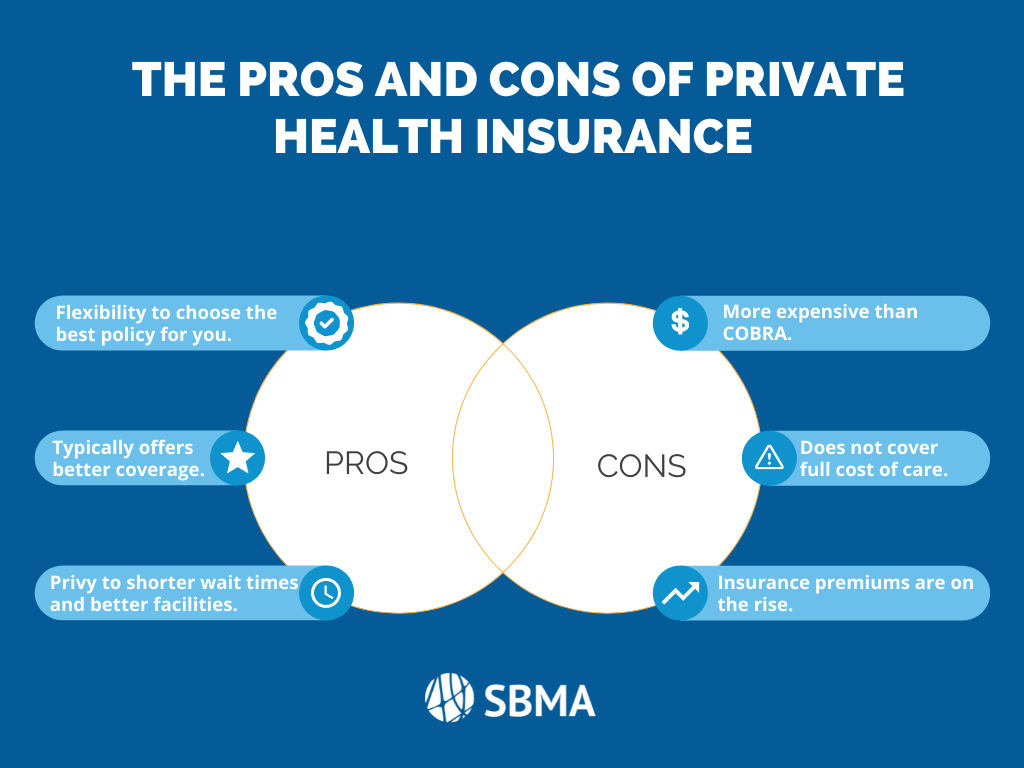What Does Medicare Advantage Agent Do?
What Does Medicare Advantage Agent Do?
Blog Article
The Only Guide for Medicare Advantage Agent
Table of ContentsIndicators on Medicare Advantage Agent You Need To KnowMedicare Advantage Agent Fundamentals ExplainedUnknown Facts About Medicare Advantage Agent

follows from complies with the puzzling young age profile of the uninsured with the better health, wellness average, standard younger personsMore youthful For those without accessibility to office health and wellness insurance coverage, bad health and wellness is a prospective barrier to purchasing nongroup coverage since such insurance coverage might be very priced, exclude pre-existing problems, or be merely not available. Unless otherwise noted, national price quotes of people without health insurance and percentages of the populace with different kinds of protection are based on the CPS, the most widely used resource of estimates of insurance policy coverage and uninsurance rates.

The Only Guide for Medicare Advantage Agent
The relationship in between health insurance coverage and access to care is well established, as recorded later on in this chapter. The connection in between health insurance coverage and wellness results is neither direct neither basic, an extensive scientific and wellness solutions research literature web links wellness insurance coverage
to improved enhanced accessibility care, better far better, and improved enhanced individual population populace statusCondition The second record, on personal health and wellness results for without insurance grownups, is stood for by the inner circle of the figure, while the third report, on family members health, incorporates the topics of the second report yet stresses a various unit of analysis, specifically, the family.
It focuses particularly on those without any type of health and wellness insurance for any length of time. The problems faced by the underinsured are in some respects similar to those faced by the uninsured, although they are normally less severe. Uninsurance and underinsurance, however, involve noticeably various plan concerns, and the approaches for addressing them may vary. Throughout this research and the five reports to follow, the major emphasis gets on persons with no medical insurance and hence no aid in spending for wellness treatment beyond what is available through charity and safeguard organizations. Health and wellness insurance coverage is a powerful element affecting invoice of treatment since both clients and doctors react to the out-of-pocket rate of solutions. Medical insurance, nonetheless, is neither needed nor adequate to get to clinical services. The independent and straight effect of wellness
insurance coverage protection access to health services solutions well established. Others will acquire the healthcare they need even without medical insurance, by paying for it expense or seeking it from companies that provide treatment cost-free or at extremely subsidized prices. For still others, medical insurance alone does not make sure invoice of treatment due to the fact that of various other nonfinancial barriers, such as an absence of health care carriers in their community, minimal access to transportation, illiteracy, or linguistic and social distinctions. Formal study about uninsured populaces in the USA dates to the late 1920s and early 1930s when the Committee on the Price of Healthcare created a collection of records about financing medical professional workplace check outs and hospital stays. This concern became prominent as the varieties of clinically indigent climbed up throughout the Great Depression. Empirical studies constantly sustain the web link in between accessibility to care and boosted health and wellness end results(Bindman et al., 1995; Starfield, 1995 ). Having a normal source of treatment can be taken into consideration read this post here a forecaster of access, as opposed to a direct step of it, when health and wellness results are themselves utilized as access indicators. This expansion of the notion of gain access to measurement was made by the IOM Committee on Monitoring Accessibility to Personal Healthcare Solutions(Millman, 1993, p. Whether or not parents are guaranteed shows up to impact whether or not their children obtain care as well as just how much careeven if the children themselves have insurance coverage(Hanson, 1998). The wellness of parents can impact their capability to take care of their children and the level of family members stress and anxiety. Fretting about their youngsters's access to care is itself a source of stress for moms and dads. Three chapters comply with in this report. Chapter 2 gives a review of exactly how employment-based health insurance, public programs and individual insurance policy policies run and engage to supply substantial but insufficient insurance coverage of the united state populace. This includes a testimonial of historic trends and public plans impacting both public and private insurance policy, a conversation of the communications among the various types of insurance policy, and an assessment of why people relocate from one program to one more or finish up

Report this page